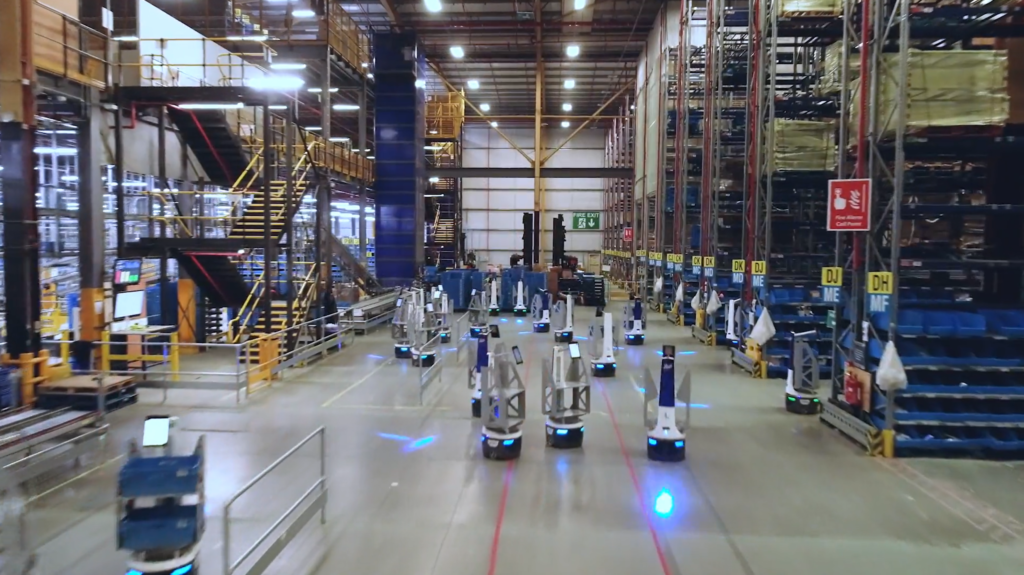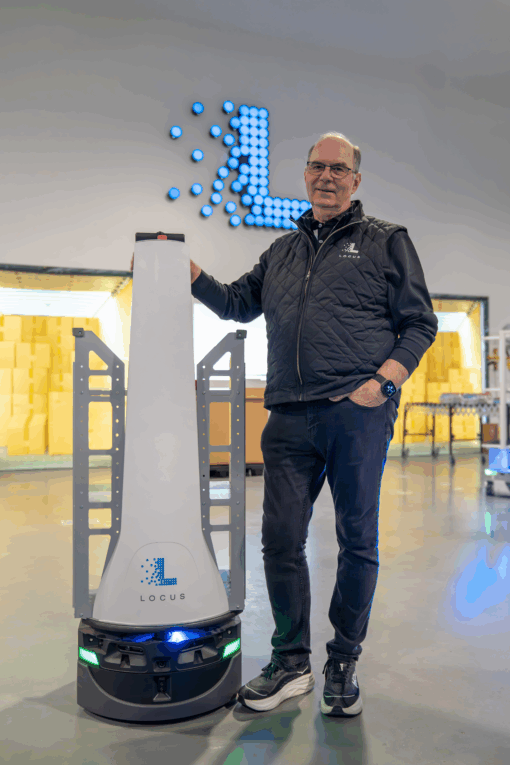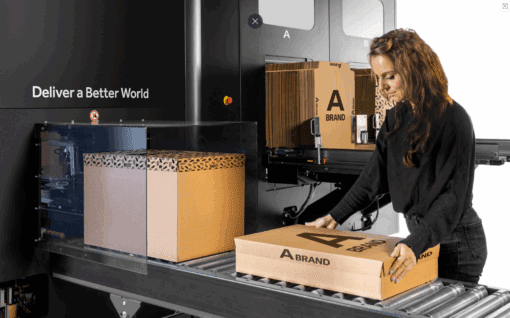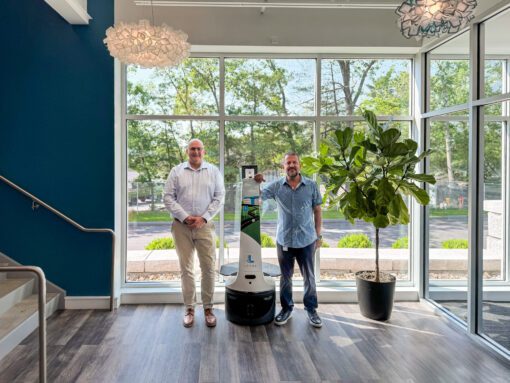WP: How to achieve 400 UPH with Locus Fast Pick
WP: How to achieve 400 UPH with Locus Fast Pick Download Now!

Today, the eCommerce world is abuzz with talk of the rapid expansion of fulfillment and, notably, micro-fulfillment centers (MFCs).
The increase in micro-fulfillment centers is driven by the need to provide improved customer experience through cost-effective, rapid local ground delivery modes to support same day or better delivery speed, while still maintaining eCommerce profitability.
However, to date, most MFCs are manual operations with conventional rack and pick configurations, as large volumes of orders are needed to justify the cost of traditional fixed automation solutions. With the limited local delivery area for MFCs, large volumes of orders aren’t the reality.
The introduction of autonomous mobile robotics (AMRs) into MFCs enables eCommerce operators to capture the benefits of workforce augmentation (speed, accuracy, productivity, safety, and training), while now operating as close to their end customers as possible.
As you augment your fulfillment network with multiple MFCs in local areas, you’ll find that AMRs enable you to accommodate changes in your business, including sourcing and allocating labor efficiently and effectively. Not to mention improved methods of deploying inventory and dealing with shifting volume demands; as well as the need for last-mile shipping or delivery. Flexibility is necessary to handle these business shifts by expanding, scaling up and down, and even moving locations as your business dictates. These capabilities aren’t available with fixed automation options but they are with AMRs.
Distributed Logistics
To further the benefits of AMR-enabled fulfillment, companies are adding several local MFCs into their overall fulfillment center network.
This practice is known as Distributed Logistics, which I’ve defined as a fully integrated and optimized network of two or more fulfillment centers operating in unison to increase sales and customer delivery service levels. The use of distributed logistics minimizes transportation costs and maximizes inventory optimization. Through distributed logistics, you’ll also position inventory in a center that’s close to your customers, which helps you save on costs, while improving service delivery lead times and sustainability.
Interestingly, all of the above goals can be accomplished more easily and efficiently by working with an ecommerce and automation-capable 3PL and will also result in a much more sustainable fulfillment operation!
Sustainable MFCs
With the implementation of AMRs and MFCs, you can grow your fulfillment operation and also improve consumer-driven sustainability.
Doing more with less in the same operating space means that your requirement to expand operations at any of your fulfillment centers can be minimized.
Through autonomous mobile robots, your MFC will receive greater pick efficiency. At the same time, you could add mezzanines to expand your warehouse operations space vertically. Both of these changes allow you to do more in a sustainable manner within your current carbon footprint.
Furthermore, not only does an AMR-enabled MFC strategy improve customer experience and cost, it’s also the most sustainable ecommerce fulfillment option.
The major sustainability benefit of MFCs comes from setting up centers that are close to your customers, as delivery is no longer handled through long distance air transport, which has two to three times the carbon impact as ground. Instead, customers can either pick up at your center —if you’re able to offer that service, or you deliver through more sustainable local ground delivery.
3PLs and Fulfillment
As eCommerce continues to explode and grow across retail markets, a stark reality is now facing many brick and mortar businesses.
Ecommerce at scale is completely different from the wholesale case and pallet pick operations most are used to, both operationally and from a required systems perspective.
Even if an in-house operation was able to support a small Direct To Consumer operation in a corner of the warehouse, expanding this to a large scale operation and maintaining the specialized and much different requirements for successful ongoing eCommerce fulfillment operations are, from personal experience, definitely not the same thing.
Ecommerce, however, isn’t new to 3PLs. They have been specialists since the late 1990's to early 2000's.
With that background, 3PLs are better positioned to develop, manage, and propagate eCommerce and automation capabilities for both robotic implementation and ongoing operations.
3PLs with these embedded capabilities are also better suited to expand and transfer their knowledge from site to site, not to mention their ability to move bots from location to location and client to client to ensure the best possible utilization and ROI of these key assets.
For the fulfillment industry, it’s clear that autonomous mobile robots and micro-fulfillment centers, with the wisdom of 3PLs, offer the strongest path to growth and sustainability. When demand shifts unexpectedly, AMRs help fulfillment centers adapt quickly to accommodate those changes and keep productivity at profitable levels.
Learn more about the benefits of AMRs in fulfillment, including scalability and productivity that’s increased by two to three-fold.




